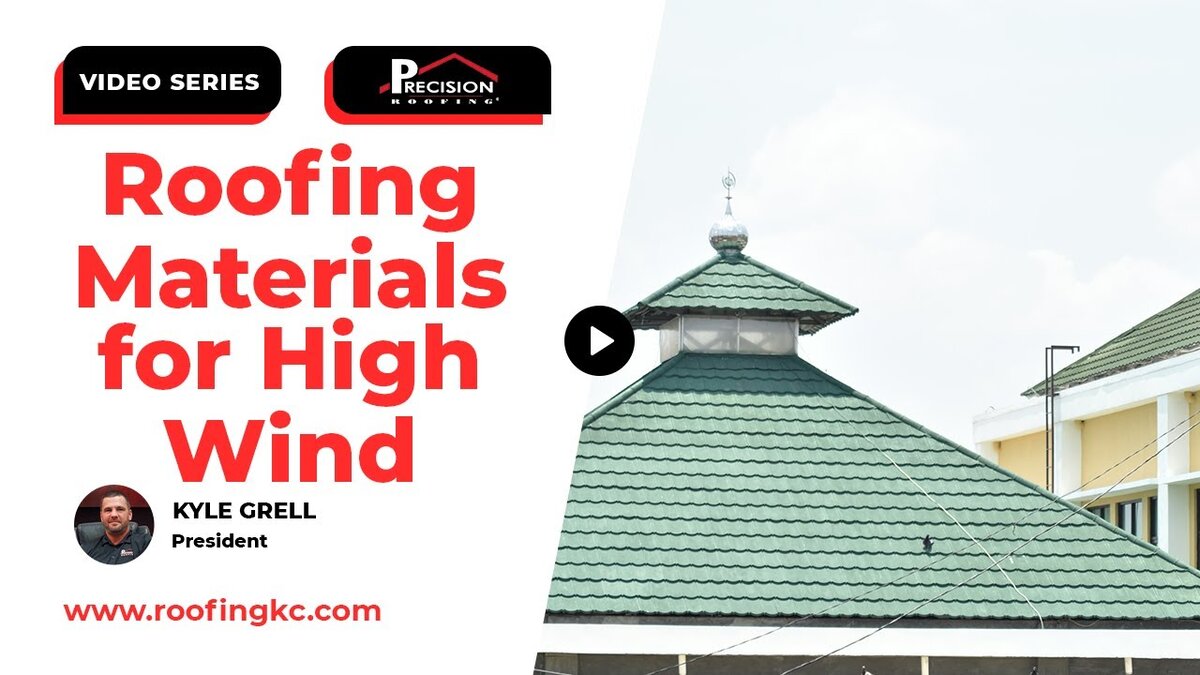Flat roofs are a popular choice for many commercial buildings due to their sleek design and cost-effectiveness. However, the very characteristic that makes them flat also creates a challenge: ensuring proper drainage. Without the right slope, water can pool on the roof, leading to leaks, structural damage, and costly repairs. In this guide, we’ll explore how to effectively slope a flat roof for drainage, ensuring that your roof remains durable and efficient for years to come.
Understanding the Importance of Proper Drainage
When it comes to flat roofs, drainage isn’t just a preference—it’s a necessity. Ponding water on a flat roof can lead to numerous issues, from leaks to structural damage, and can even void the manufacturer’s warranty. Proper drainage is essential to prevent water from accumulating and causing these problems.
To ensure effective drainage, we typically use tapered insulation. This material is installed in such a way that it creates a gradual slope across the roof, directing water towards the designated drains or gutters. But not all tapered insulation is the same. There are different types, each with its own benefits and characteristics.
EPS vs. ISO Tapered Insulation: Which Is Better?
One of the first decisions you’ll need to make when sloping a flat roof for drainage is choosing the right type of tapered insulation. Two of the most common options are EPS (Expanded Polystyrene) and ISO (Polyisocyanurate) tapered insulation.
- EPS Tapered Insulation: EPS is a lightweight and cost-effective option. It’s easy to handle and install, making it a popular choice for many roofing projects. However, it offers a lower R-value (a measure of thermal resistance) per inch compared to ISO, which means it may require thicker layers to achieve the desired insulation levels.
- ISO Tapered Insulation: ISO, on the other hand, is denser and provides a higher R-value per inch. This means you can achieve the same level of insulation with thinner layers, which can be crucial when space or height restrictions are a concern. While it may be more expensive than EPS, its superior insulating properties often make it the preferred choice for many commercial buildings.
Both EPS and ISO tapered insulation will effectively slope your flat roof for drainage, but your choice will depend on factors like budget, insulation needs, and building codes.
The Process of Tapered Insulation Installation
Once you’ve selected the right type of tapered insulation, the next step is installation. This process is critical to ensuring that your roof slopes correctly and drains water efficiently.
- Measuring the Roof: The first step in the installation process is to measure the roof accurately. This includes identifying the locations of drains, gutters, and other drainage points. These measurements will form the basis of the custom tapered design.
- Custom Tapered Drawing Plan: With the measurements in hand, a custom tapered drawing plan is created. This plan is sent to the manufacturer, who designs the insulation pieces to fit the specific dimensions of your roof. These pieces are pre-cut with precise angles, starting from a thickness of 1/2 inch and increasing to 2 1/2 inches or more, depending on the slope required.
- Installation: Once the tapered insulation pieces arrive, they are laid out according to the custom plan. The insulation is installed in layers, with the thicker end placed towards the outer edges of the roof and the thinner end directed towards the drains or gutters. This ensures that water flows naturally towards the drainage points, preventing any pooling on the roof.
Codes and Requirements for Sloping a Flat Roof
When sloping a flat roof for drainage, it’s essential to comply with local building codes and regulations. These codes can vary by city, county, or state, but the industry standard generally requires a minimum slope of 1/4 inch per foot. This slope is crucial for ensuring that water drains off the roof effectively, avoiding ponding that could lead to leaks and other issues.
In some cases, more slope may be required, depending on the building’s design, wall heights, and the thickness of the insulation. It’s important to work with a professional roofing contractor who understands these requirements and can design a roof slope that meets both your needs and the code requirements.
Benefits of Tapered Insulation for Flat Roofs
Using tapered insulation to slope a flat roof offers several benefits:
- Prevents Water Ponding: The primary benefit of tapered insulation is its ability to eliminate ponding water. By creating a gradual slope, the insulation directs water towards the drains, preventing accumulation and the associated risks.
- Maintains Roof Integrity: By preventing water ponding, tapered insulation helps maintain the structural integrity of your roof. This reduces the risk of leaks, water damage, and costly repairs.
- Complies with Manufacturer Warranties: Most roofing manufacturers require proper drainage to validate their warranties. By installing tapered insulation, you ensure that your roof meets these requirements, protecting your investment.
- Enhances Energy Efficiency: With the right type of insulation, you can also improve your building’s energy efficiency. ISO insulation, in particular, offers excellent thermal resistance, helping to keep your building warm in winter and cool in summer.
In Summary
Sloping a flat roof for drainage is essential for maintaining the longevity and efficiency of your roof. By choosing the right type of tapered insulation and following a precise installation process, you can prevent water ponding, protect your roof’s integrity, and comply with local building codes. Whether you opt for EPS or ISO insulation, the key is to ensure that water flows naturally towards the drains, keeping your roof dry and functional.
If you’re planning to slope a flat roof for drainage, contact us today to learn more about how we can assist you.




